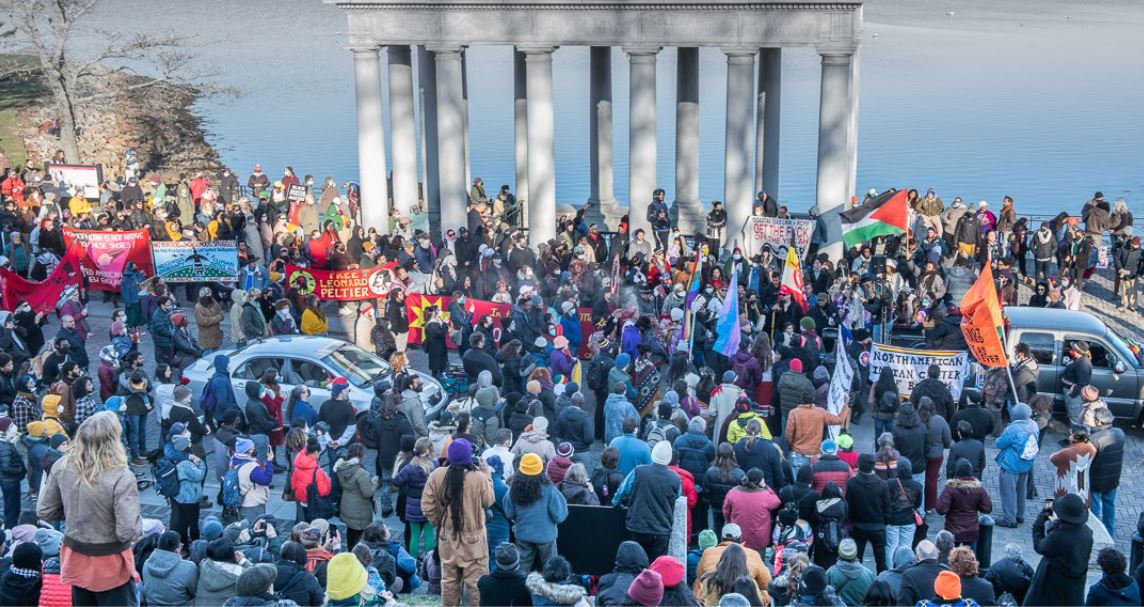Thanksgiving is a key part of the American identity. For most Americans, it is the most important day in celebration of the country’s history, second only to the fourth of July. While eating a large meal and spending time with families comprise most of the celebration, there is also a historical aspect.
The popular understanding of Thanksgiving is about embracing gratitude. It is based on the generous acts of the Pilgrims and Native Americans hundreds of years ago, at the very beginning of when Europeans arrived on the continent. It is a story that glorifies the past and creates a positive legacy that is celebrated and taught each year.
However, in recent times, there has been an increasing debate surrounding the true nature of its historical origins and its significance. Many have pointed not only to the inaccuracy or excluded context of the original feast with the pilgrims but also to the lack of including the native American perspective.
In an interview with Smithsonian Magazine, David Silverman shared about his recent book, This Land Is Their Land: The Wampanoag Indians, Plymouth Colony, and the Troubled History of Thanksgiving, which dispelled many of the myths of Thanksgiving.
For starters, the meeting of the Pilgrims and Wampanoags didn’t originate from sheer kindness. Instead, it was an alliance initiated by the Wampanoags, as they had been ravaged by disease and threatened many tribal rebels.
The popular history also leaves out how the same Pilgrims and Native Americans would go on to fight an extremely devastating war known as King Philip’s War. They were and would go on to suffer more enslavement and displacement by the English. “Wampanoags today remember the Pilgrims’ entry to their homeland as a day of deep mourning, rather than a moment of giving thanks,” says Claire Bugos in the Smithsonian Magazine.
In 1970, the United American Indians of New England (UAINE) has called for a national day of mourning every year on Thanksgiving. The organization marches through Plymouth, MA, the original settlement of the Pilgrims, to make their voices heard.
“Wampanoag and other Indigenous people have certainly not lived happily ever after since the arrival of the Pilgrims,” said the UAINE. “We remember the millions of our ancestors who were murdered by uninvited European colonists such as the Pilgrims.”
“Thanksgiving myth allowed New Englanders to create this idea that bloodless colonialism in their region was the origin of the country, having nothing to do with the Indian Wars,” said Silverman.
Furthermore, the “National Day of Mourning honors Indigenous ancestors and Native resilience. It is a day of remembrance and spiritual connection, as well as a protest against the racism and oppression that Indigenous people continue to experience worldwide,” said the UAINE.
Tara Houska, a member of the Couchiching First Nation, while visiting the Standing Rock reservation in 2016 in the Guardian, also adds that the day should also “acknowledge that we’re still here, and our ancestors fought and died for us to be here.”
